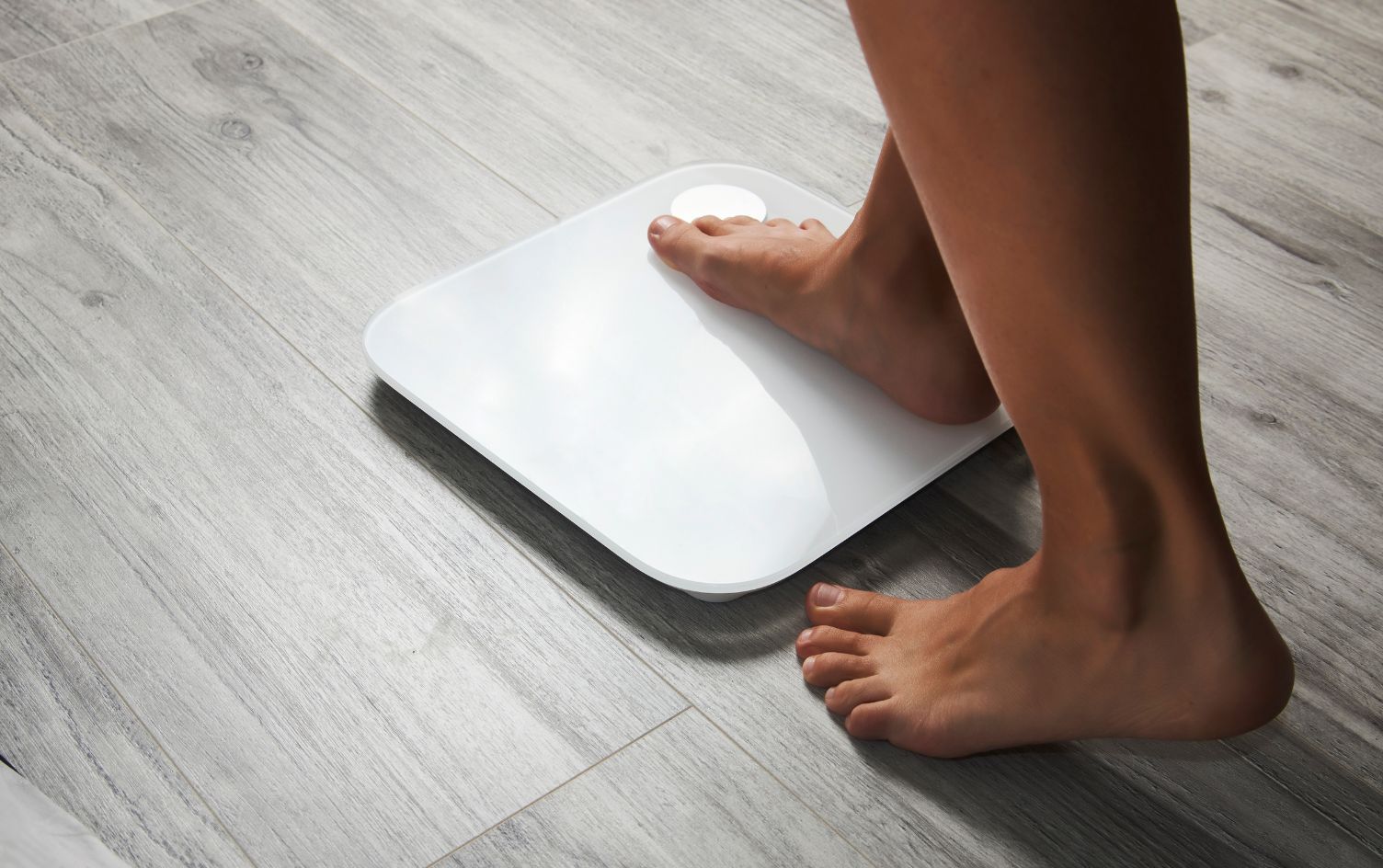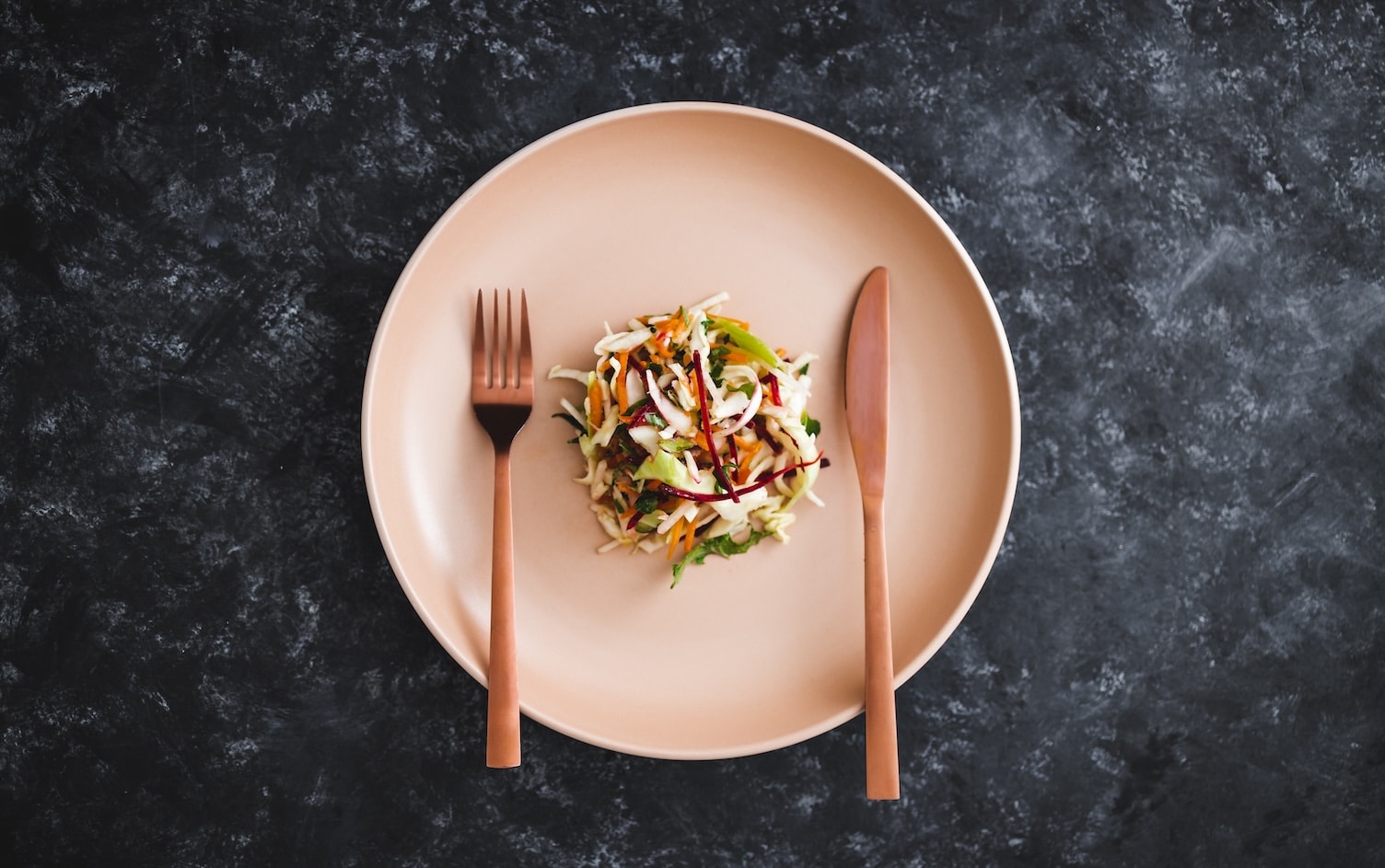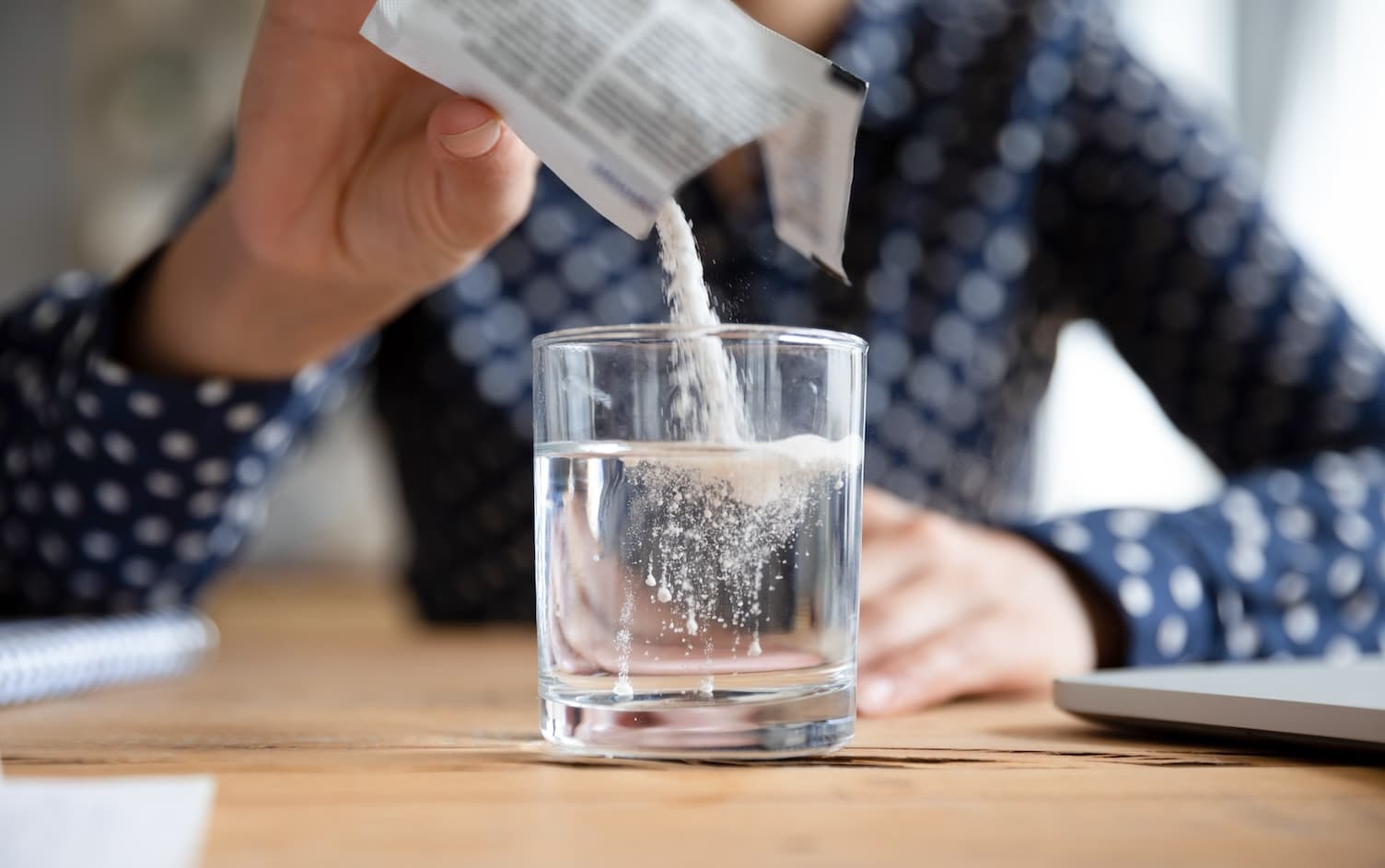When you’re following a weight-loss plan, few things are more encouraging than seeing the number on the scale go down. Unfortunately, many people who see weight-loss success wind up losing muscle along with fat.
This matters because not only is muscle key for helping you perform everyday tasks (i.e., carrying groceries, putting away heavy bags and boxes overhead), but muscle is also metabolically active tissue; this means muscle burns more calories at rest than fat. Maintaining a good amount of lean muscle mass keeps your basal metabolic rate (i.e., the number of calories your body burns at rest) elevated, which may help you lose fat in the long-term.
So, how do you know if you’re losing fat or muscle? Here are a few ways to tell:
YOU’RE ONLY DOING CARDIO
One of the best ways to know whether you’re losing fat or muscle is to examine your exercise routine. If you’re doing a lot of cardio, but you’re not adding strength training, there’s a good chance any weight you lose will be about 50% muscle and 50% fat (though you’ll lose some water weight as well), says Heather Milton, MS, certified strength and conditioning specialist and board-certified clinical exercise physiologist at NYU Langone’s Sports Performance Center.
Assuming you’d like to keep your muscle, make sure to lift weights a minimum of two days per week, and hit all the large muscle groups (e.g., glutes, quads, hamstrings, back and chest). “When you use those muscles, you generate greater recruitment of muscle fibers, and you get a better bang for your buck in terms of energy cost,” Milton says. In other words, prioritizing larger muscle groups over smaller ones (like the biceps and triceps) results in more calories burned — both during and after your workout.
YOUR ENERGY LEVELS ARE LOW
Another way to tell if you’re losing muscle instead of fat is if you notice greater levels of fatigue than usual or if you’re easily tired doing activities that don’t usually make you tired, Milton says.
The only trouble with using energy levels to gauge whether you’re losing fat or muscle is there are many other factors that influence energy, including sleep, diet and medications. Make sure you’re taking other measurements (like those below) into consideration.
YOU SEE PROGRESS IN PHOTOS
One easy — albeit subjective — way to tell if you’re losing fat or muscle is to take progress photos every 2–4 weeks. “See if you notice any patterns or trends of how things are reshaping on the body,” says Mike Clancy, certified strength and conditioning specialist and personal trainer in New York City. If you’re only losing fat, you’ll likely notice a smaller waist and hips, while the rest of your body may start looking shapelier. “For example, a person at 120 pounds with 22% body fat will have shape, curves and leanness, while the same person at 120 pounds with 35% body fat will look wider and looser,” Clancy says. Just keep in mind that any changes you may notice depend on where you tend to store fat.
As with any measurement, consistency is key. This means you should aim to take progress photos at roughly the same time, in the same clothes and using the same lighting each and every time. Take a front-view and a side-view photo of yourself in your underwear. “You can keep a photo album on your phone to survey that progress,” says Chris Ryan, certified strength and conditioning specialist, a personal trainer in New York City.
YOU USE A BIOELECTRICAL IMPEDANCE SCALE
This method sounds fancy, but it’s pretty straightforward. In fact, many standard bathroom scales already have them built in, and you can order a bioelectrical impedance scale online.
Essentially, you step on the bioelectrical impedance scale just like you would a regular scale, and the device measures your body composition through electrical impulses. “Muscles are highly conductive compared to fat,” Milton explains. Therefore, if the scale registers faster electrical impulses, you likely have a higher amount of lean muscle mass. You can check in from time to time to see how your body composition changes and ensure you’re not losing muscle mass.
However, Milton warns that to get an accurate reading, you have to take the measurements at the same time of day. Even if you take the readings under similar conditions, other factors — like how hydrated you are — can throw things off, she says.
YOU USE BODY FAT CALIPERS
For an objective, low-cost measurement, try a body fat caliper (also known as a skinfold caliper). This is a classic, old-school tool that measures the thickness of your subcutaneous fat (i.e., the fat beneath your skin) in different areas of your body. Typically, women are measured in the triceps, hips and either the thigh or the abdomen, while men are measured in the chest, abdomen and thigh, though this can vary. Then, the various measurements are plugged into an equation that offers an estimated breakdown of your body fat and lean muscle percentage.
One downside to using body fat calipers is that they’re not 100% accurate, “so I wouldn’t use that as my measure of success,” Clancy says. By all means, use body fat calipers to gauge fat loss, but be sure you’re also using another measurement.
Another drawback to body fat calipers is they’re tricky to use on yourself, so you may need a fitness professional to help you. Thankfully, many gyms have body fat calipers available, and you may be able to set up a quick skinfold test with one of the trainers. Keep in mind the accuracy of your measurements depends largely on how much experience the trainer has in performing skinfold tests.
If you go the body fat caliper route, try to get measured on the same day at the same time, roughly every 30 days. And be sure to take the measurements pre-workout, since your muscles will be temporarily tighter post-workout, Ryan says. The results will likely look better post-workout, but they won’t necessarily be accurate.
Make progress on nutrition and fitness goals with our “Plans” feature in the MyFitnessPal app for daily coaching and easy-to-follow tasks.




